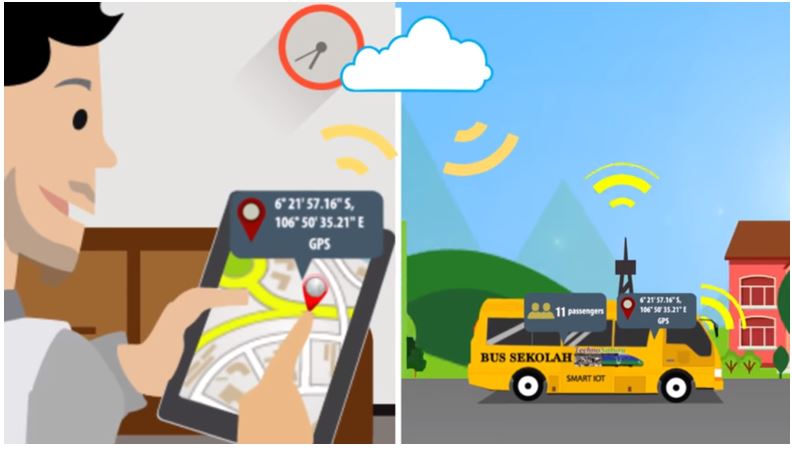The Internet of Things (IoT) in the K-12 is very rich. It can tell parents when the child is going to the school bus. When the teacher enters the classroom, he can automatically adjust the lighting and set the audio-visual equipment according to his requirements. It can also monitor Corridors and campus perimeters to ensure student safety. The Internet of Things has enabled this innovation with more and more network connectivity technologies and devices such as connected school buses, smart lighting, and security cameras, providing real-time data and insights to students, parents, teachers, and administrators.
What is the meaning of K-12?
K-12 is a collective name for the combination of kindergarten, primary and secondary education in the United States, Canada, Australia, and other countries.
According to the CDW-G educational institutions, 300 K-12 decision makers, IT professionals and managers; according to the latest survey, K-12 professionals recognize that the Internet of Things can help schools and communities become more secure, increase student engagement, and save money for schools and communities. In fact, the survey shows that nearly half of schools and communities have developed formal IoT strategies. This is an amazing statistic. Considering budget constraints and student privacy issues, K-12 is usually not the first industry to adopt innovative technologies. In addition, the Internet of Things is a new concept technology – it is only active in the mass market. For four years. So many schools and communities are preparing for the Internet of Things, which means that although the Internet of Things is still in its infancy, educators can still see the benefits.
Take the networked school bus as an example. A quarter of the schools and communities surveyed have already connected the school bus technology. This technology is popular for several reasons, including making it safer and more attractive to students. More cost effective.
In the school bus connected to the Internet of Things, if the car network system detects an abnormality, the data will be reported to the fleet management personnel. It allows the school to determine if the driver is driving abnormally or if he or she is taking action quickly when the dog runs across the road. Similarly, some schools are using apps to let parents know when students are out of school. It can help parents know when to pick up a child at a school station or know when a child will go home.
Secondly, connecting a school bus can improve student participation. While smart school buses may not increase creativity, it is obviously a benefit for students to have more time online to complete homework, especially for low-income communities, where students may not be able to access the Internet at home.
Finally, although survey respondents believe that cost is the biggest problem with their implementation of the Internet of Things, smart school buses can be very affordable. In the past, the police department will use the latest technology to update their school bus fleet, which requires a lot of work to install physical hardware onto the school bus. Today, implementing the Internet of Things can be as simple as plugging a device into a vehicle diagnostic port, which is not only fast but also inexpensive.
There are many examples of how the Internet of Things can have an impact on classrooms and school buildings. Smart HVAC systems can only be run when needed, helping schools save money and energy. The Internet of Things technology automatically accepts attendance, enabling teachers to start classes faster. Networked devices, such as tablets, combined with analytics, can help educators monitor student activities in tests and classroom assignments, and use the technology to provide more flexible, personalized instruction.
According to the CDW-G study, 82% of K-12 professionals said that within five years, most schools/communities have incorporated the Internet of Things into the core functions that affect the day-to-day operations of schools. This means that by 2020, most students will use the Internet of Things during school or be affected by the Internet of Things. However, more than half of schools and districts do not have an IoT plan.
We encourage schools and communities to identify the goals of IoT technology; gain community support, communicate with schools at all levels; and communicate with school peers and solution providers. There is no doubt that the potential of the Internet of Things is unlimited, and through proper dialogue and planning, it will have a positive impact on most schools in the coming years.
Here is informative video from Youtube depicting the way how the IoT would be useful in Schools.
Source: “IoTian Home Network /iothome.com”

Related Posts
What is Open source IoT stack?
11 Best Open source IoT Platforms To Develop Smart Projects
Benefits of IoT Solutions in Pharma Sector
Letstrack wins Aegis Graham Bell Awards for Innovation in IOT
TRAK N TELL makes a major thrust on Vehicular Telematics
Top 10 Arduino Projects for Students 2019-2020